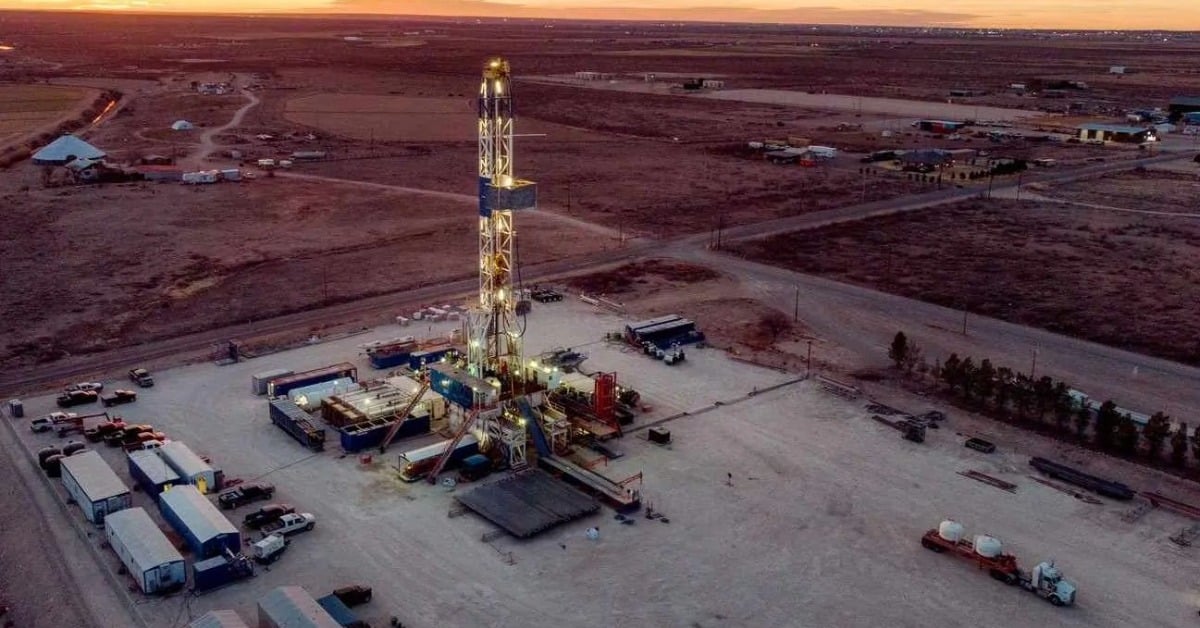Environmental groups say Pemex’s 2025–2035 plan hides fracking under technical terms, undermining Mexico’s energy transition goals . . .

Environmental groups say Pemex’s 2025–2035 plan hides fracking under technical terms, undermining Mexico’s energy transition goals . . .
